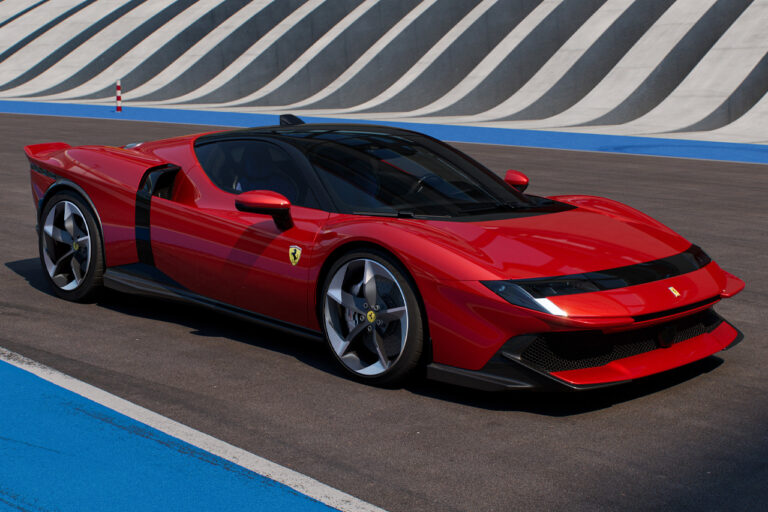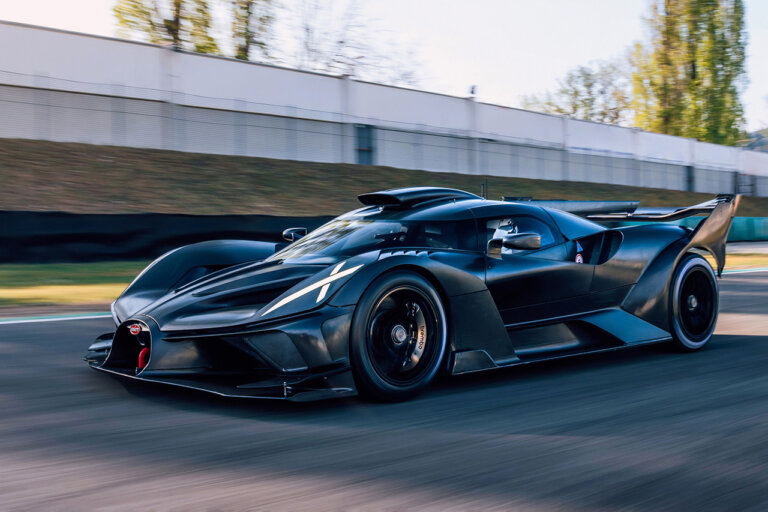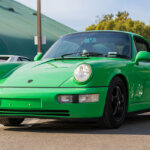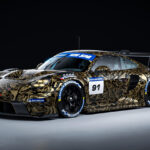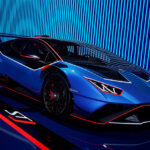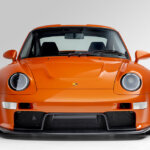More Le Mans Excellence
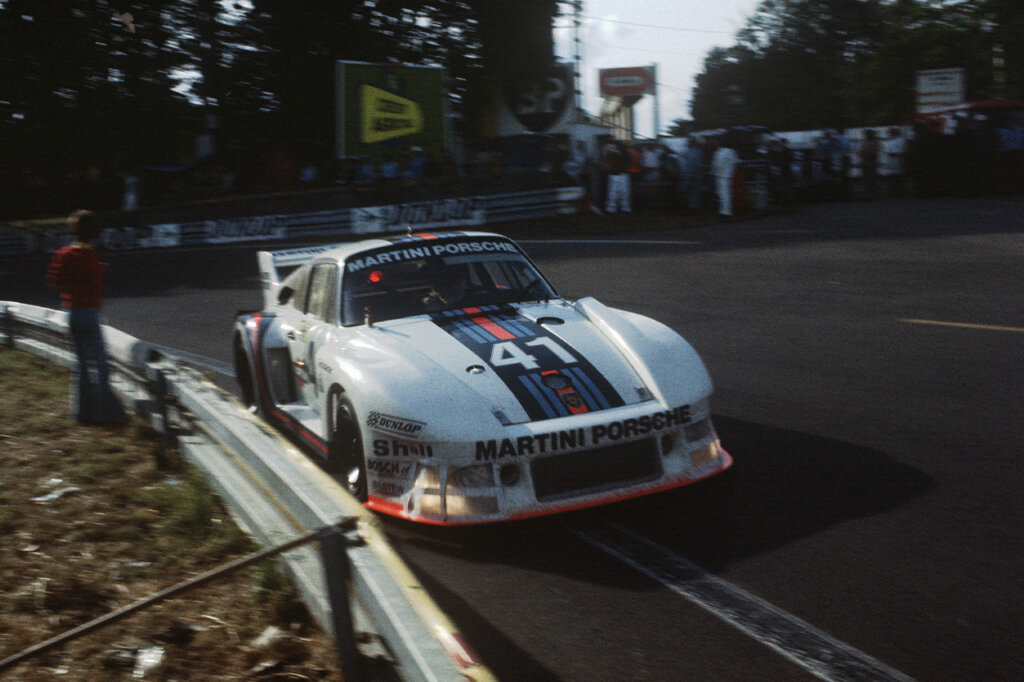
Photo Credit: Porsche
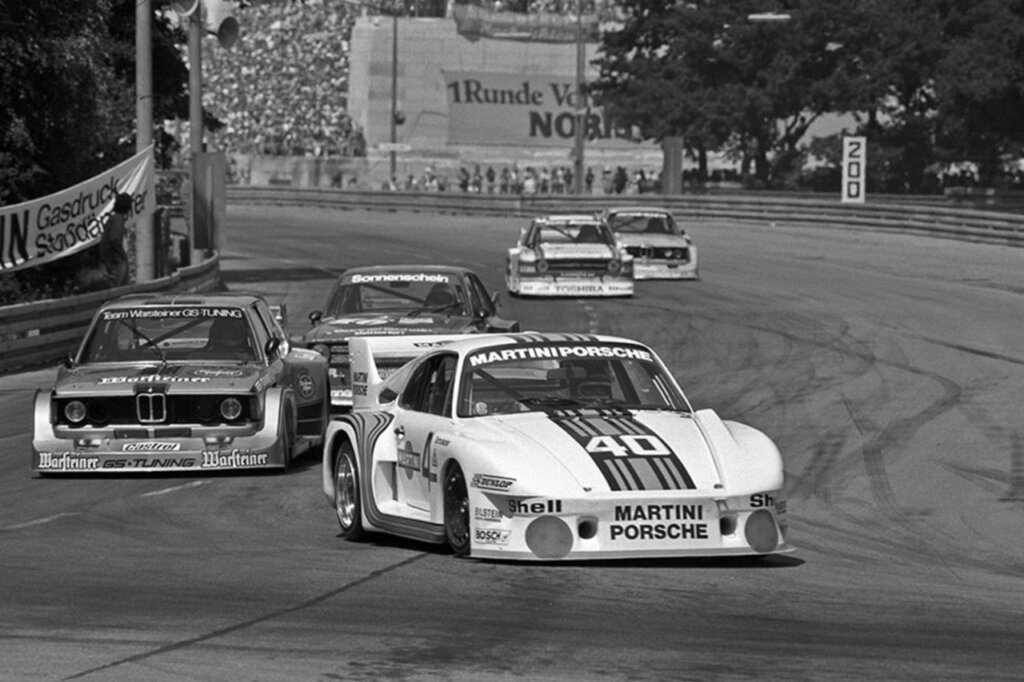
With the end of the prototype racing era and the creation of the production race cars in Group 5 in 1976, Porsche created the 935, a 911-based race car with nearly 600 HP on tap. Based on the 911 Turbo, the visually striking aerodynamic changes in the form of a flat nose and a double rear wing would make it immediately distinguishable from regular 911s. After 5 years without a win, the 935 ended the dry spell by winning World Sportscar Championship in 1976. Thanks to the popularity of the 935, various customer teams would find various successes with the car in Group 5 up until 1981. Jacky Ickx, Jochen Mass, Klaus Ludwig, Rolf Stommelen, Manfred Winkelhock, and Bob Wollek would all drive the 935 successfully. In 1977, the aerodynamic elements were be further optimized and a second turbocharger added, giving it a total of 630 HP and leading to Rolf Stommelen winning the German Racing Championship in the private Loos Porsche 935.
| BUILD YEAR: 1977 |
| CLASS: Group 5 |
| ENGINE: Flat-six bi-turbo |
| DISPLACEMENT: 2,857 cc |
| POWER: 630 hp (463 kW) |
| WEIGHT EMPTY: 2,138 lbs. |
| TOP TRACK SPEED: 227 mph |
| MOST IMPORTANT WIN: Manufacturers’ World Championship 1977 |
| DRIVERS: Jacky Ickx, Jochen Mass |
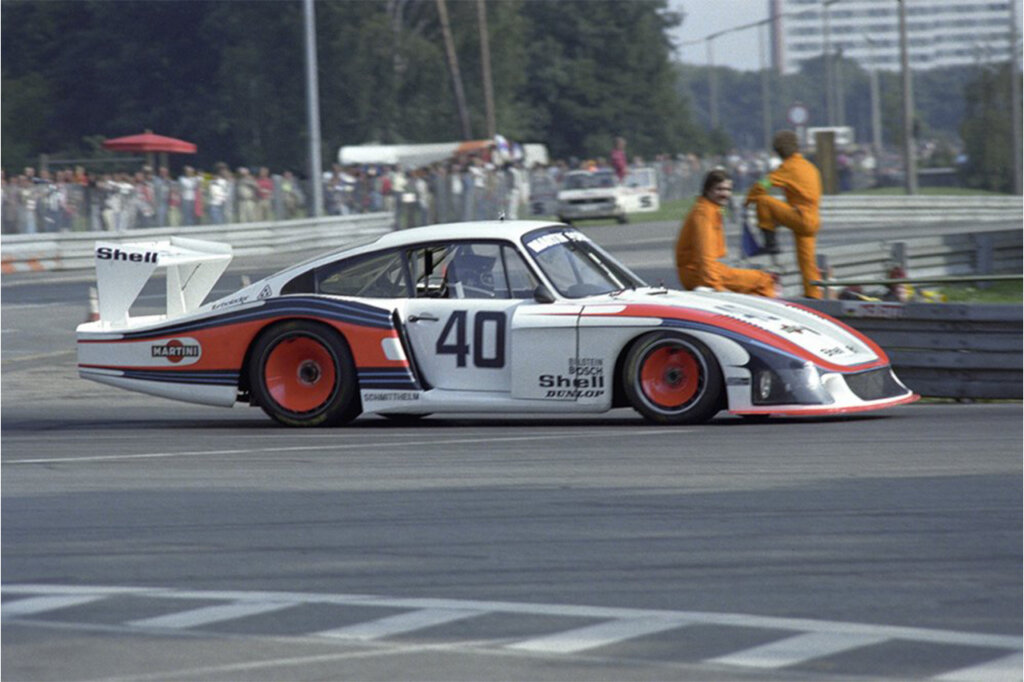
Photo Credit: Porsche
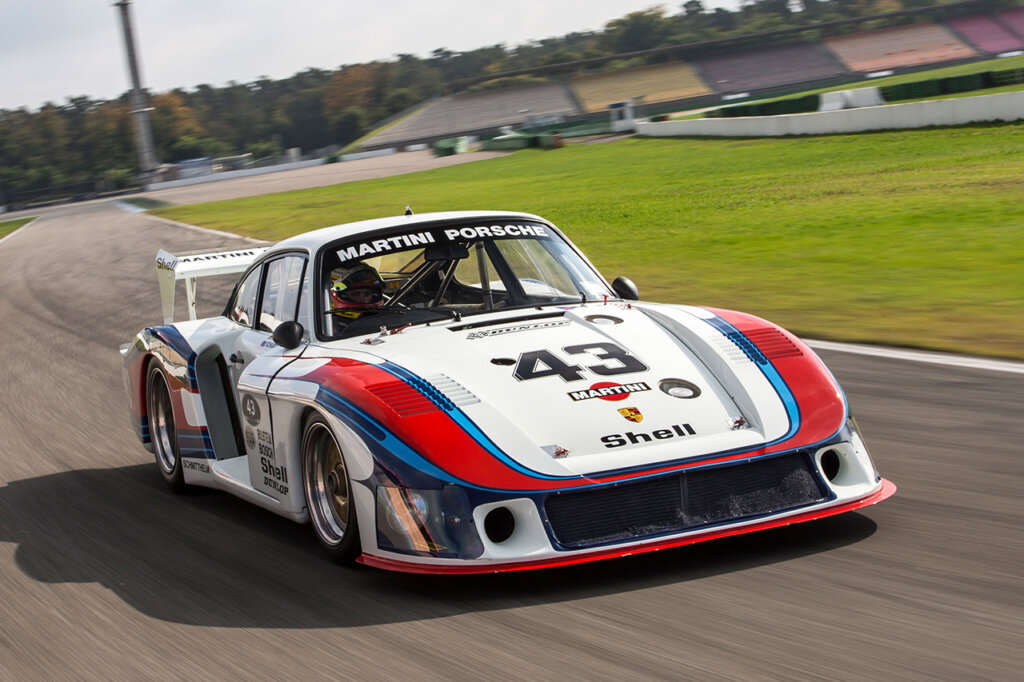
The 935 would continue to be developed, leading into the 935/78 of 1978, still the most powerful 911 ever with 845 HP. Nicknames the “Moby Dick” for its wide long-tail body. The original 935 had problems with the cylinder heads, but they were simply welded together. Cooling was further developed too: water was used to cool the cylinder heads; air was used to cool the cylinders. With the newly introduced four-valve technology, the boxer engine had two turbochargers with charge-air cooling, creating an incredible 845 HP. Driven by Rolf Stommelen and Manfred Schurti, Porsche would unfortunately pull out of the World Endurance Championship in 1978, and the Moby Dick would retire after only a few races. But during that 24 Hours of Le Mans, the car hit a top speed of 227 mph on the Mulsanne straight, the fastest of the race.
| BUILD YEAR: 1978 |
| CLASS: Group 5 |
| ENGINE: Flat-six bi-turbo |
| DISPLACEMENT: 3,211 cc |
| POWER: 845 hp (621 kW) |
| WEIGHT EMPTY: 2,260 lbs. |
| TOP TRACK SPEED: 227 mph |
| MOST IMPORTANT WIN: Victory at 6 Hours of Silverstone, 8th overall at Le Mans |
| DRIVERS: Rolf Stommelen, Manfred Schurti |
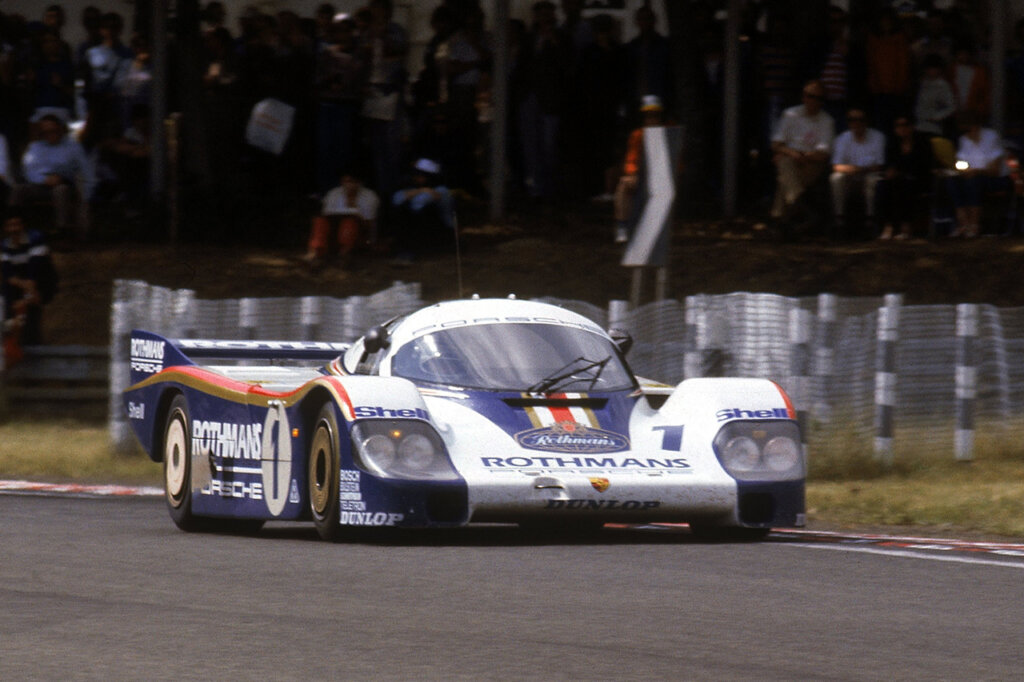
Photo Credit: Porsche
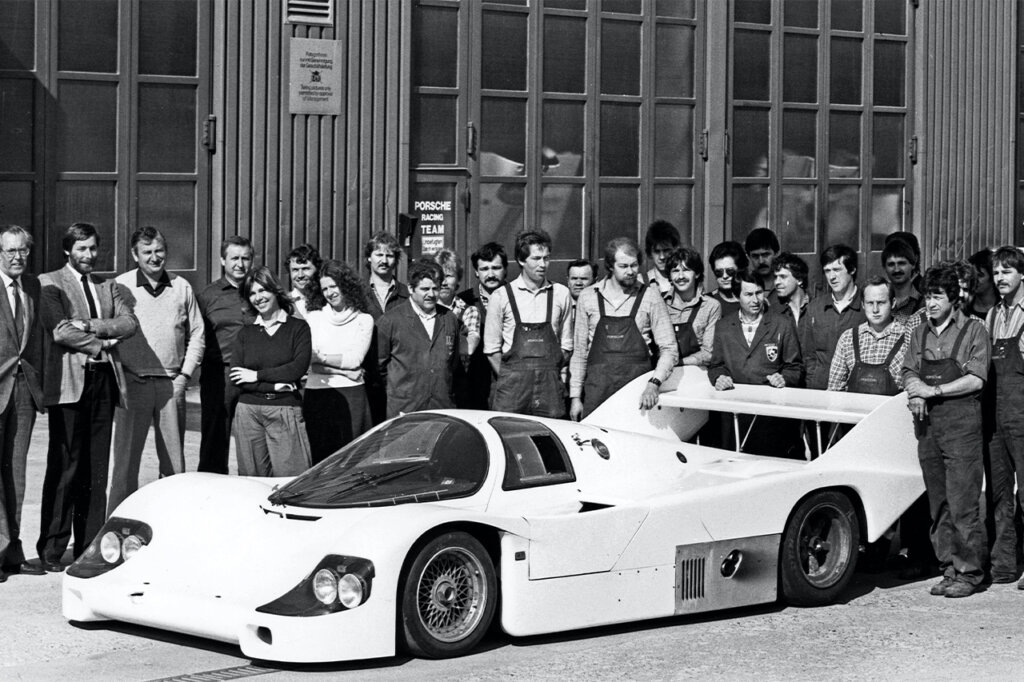
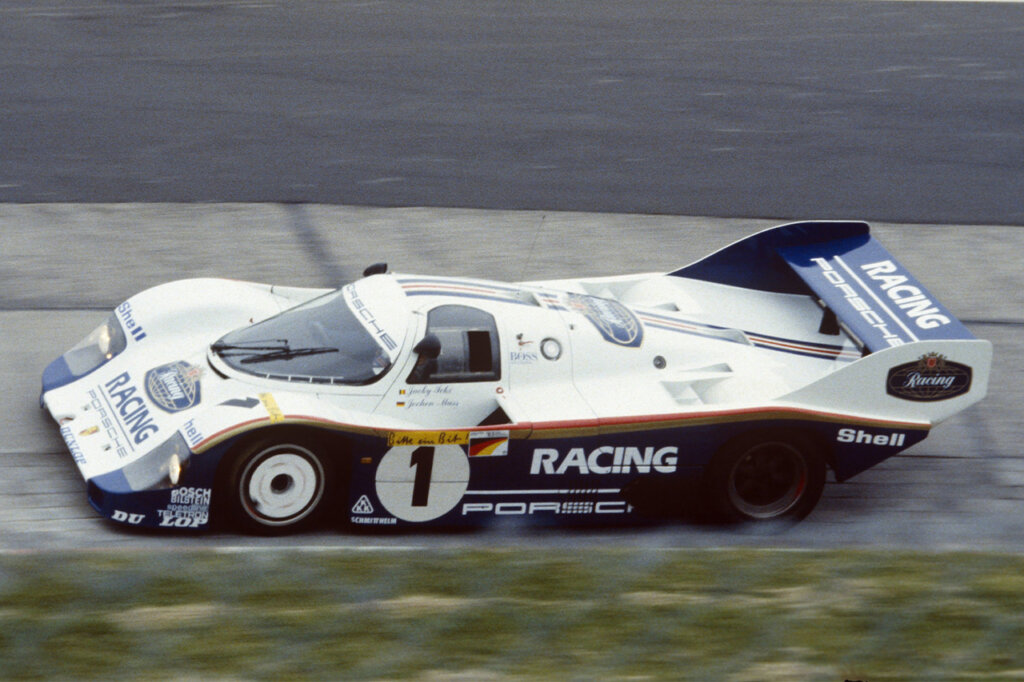
The 1982 Le Mans would go down in history as absolutely dominated by Porsche and Porsche driving teams. Sweeping the top five places, Porsche also cleaned up in almost every class and special classification. The top three places would go to the Type 956, which had been developed for the new Group C rules. The 956 was the first Porsche race car with an aluminum monocoque chassis, and starting in 1983, Porsche made the 956 available to private teams, who would successfully drive it alongside the Porsche teams. Its great success lied in the perfect combination of the aluminum monocoque, an efficient turbo engine, and revolutionary aerodynamics, as well as the introduction of the PDK; Porsche double-clutch transmission. These advances would directly lead to victories in every race of the World Endurance Championship and the win in the Manufacturers’ World Championship in 1983, 1984, and 1985.
| BUILD YEAR: 1982 |
| CLASS: Group C |
| ENGINE: Flat-six bi-turbo |
| DISPLACEMENT: 2,649 cc |
| POWER: 620 hp (456 kW) |
| WEIGHT EMPTY: 1,807 lbs. |
| TOP TRACK SPEED: 217 mph |
| MOST IMPORTANT WIN: Le Mans victories in 1982, 1983, 1984, 1985 |
| DRIVERS: Jochen Mass, Vern Schuppan |
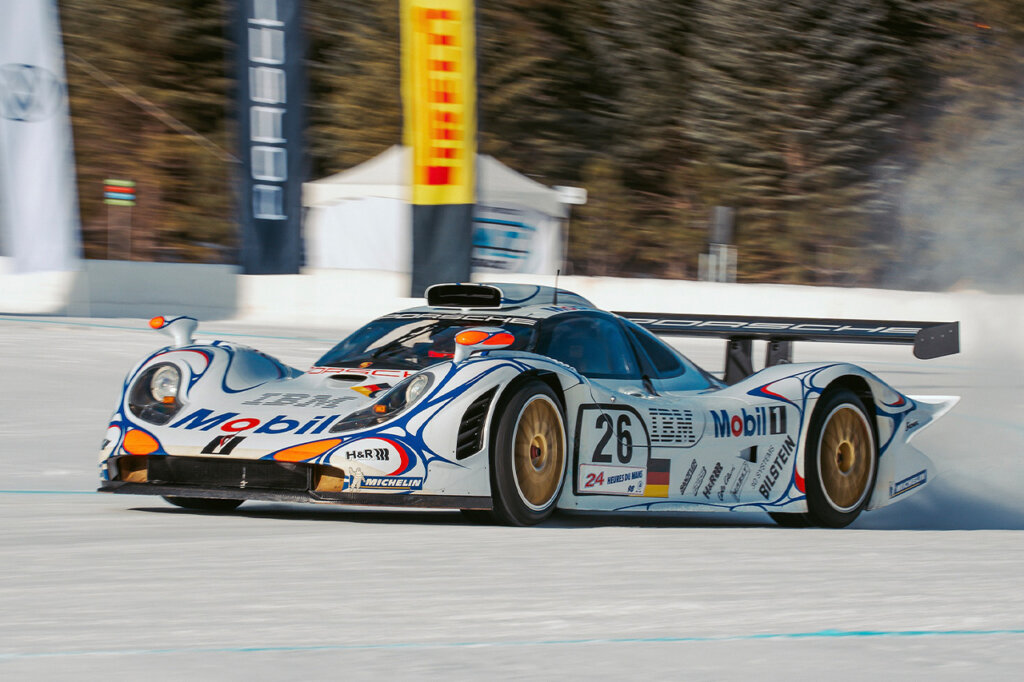
Photo Credit: Porsche
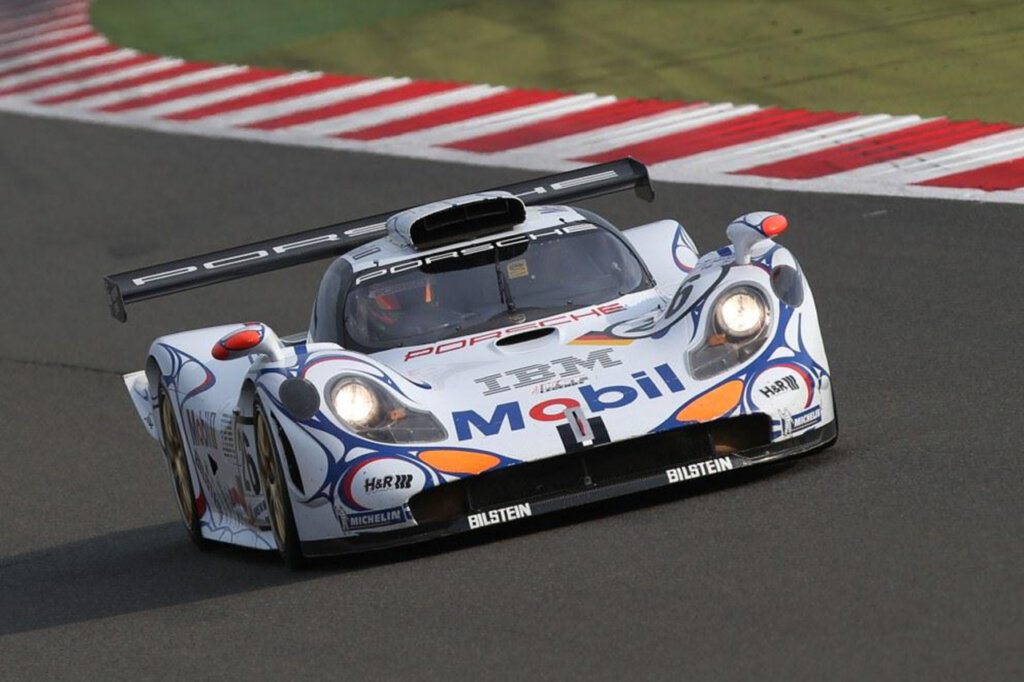
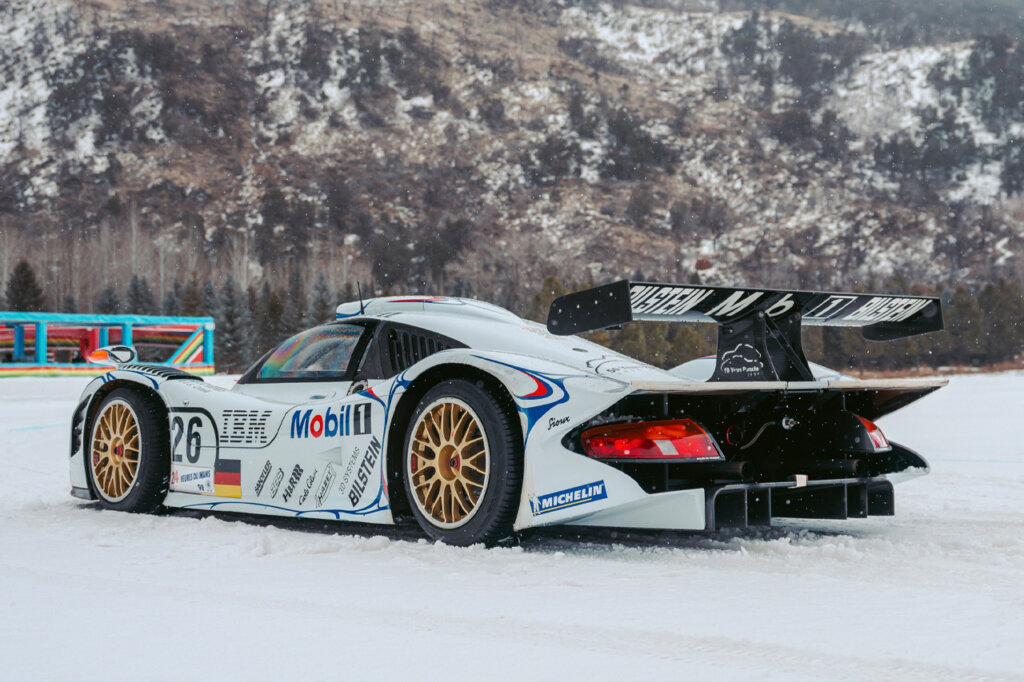
The 911 GT1, developed in the mid-1990s for factory and customer teams on GT racing circuits, made its debut in 1996. It was the first 911 model to feature a water-cooled mid-engine, offering improved aerodynamics and balanced axle-load distribution. In its first outing at the 1996 Le Mans, the GT1 secured second and third overall behind a TWR-Porsche WSC 95 from the Joest team. At the 1997 Le Mans, both 911 GT1 entries suffered technical failures near the finish line. However, in 1998, Porsche introduced a revamped version of the GT1, marking the brand’s first sports car with a carbon-fiber chassis. This updated model featured a carbon-fiber-reinforced plastic monocoque, a reengineered front suspension, and lighter components like the battery and generator, reducing its weight by about 110 pounds. Enhanced engine management further improved fuel efficiency, and a new carbon-fiber three-disc racing clutch was introduced. In celebration of Porsche’s 50th anniversary, the 911 GT1 delivered a one-two finish at the 24 Hours of Le Mans in 1998, cementing its place in motorsport history.
| BUILD YEAR: 1998 |
| CLASS: GT1 |
| ENGINE: Flat-six bi-turbo |
| DISPLACEMENT: 3,164 cc |
| POWER: 550 hp (404 kW) |
| WEIGHT EMPTY: 2,094 lbs. |
| TOP TRACK SPEED: 217 mph |
| MOST IMPORTANT WIN: Le Mans victory 1998 |
| DRIVERS: Laurent Aïello, Allan McNish, Stéphane Ortelli |


